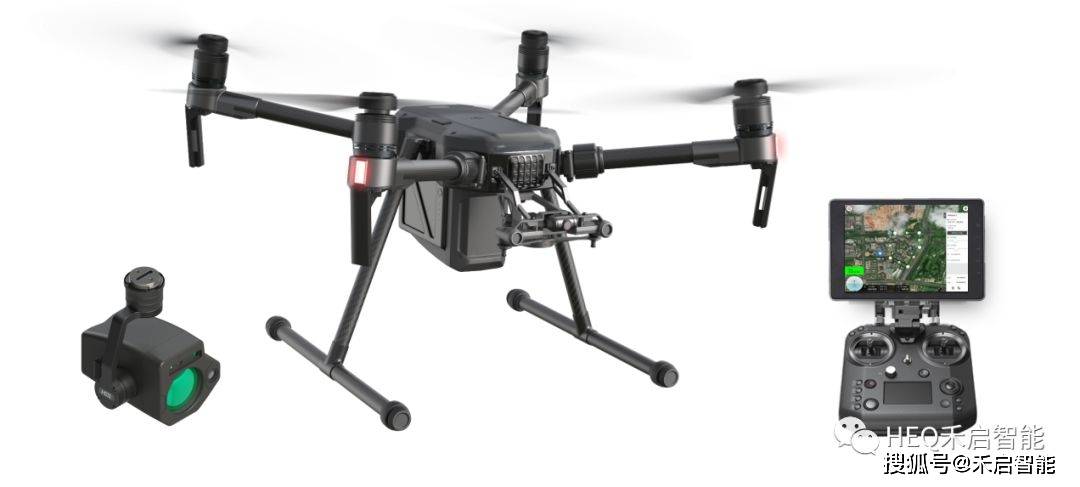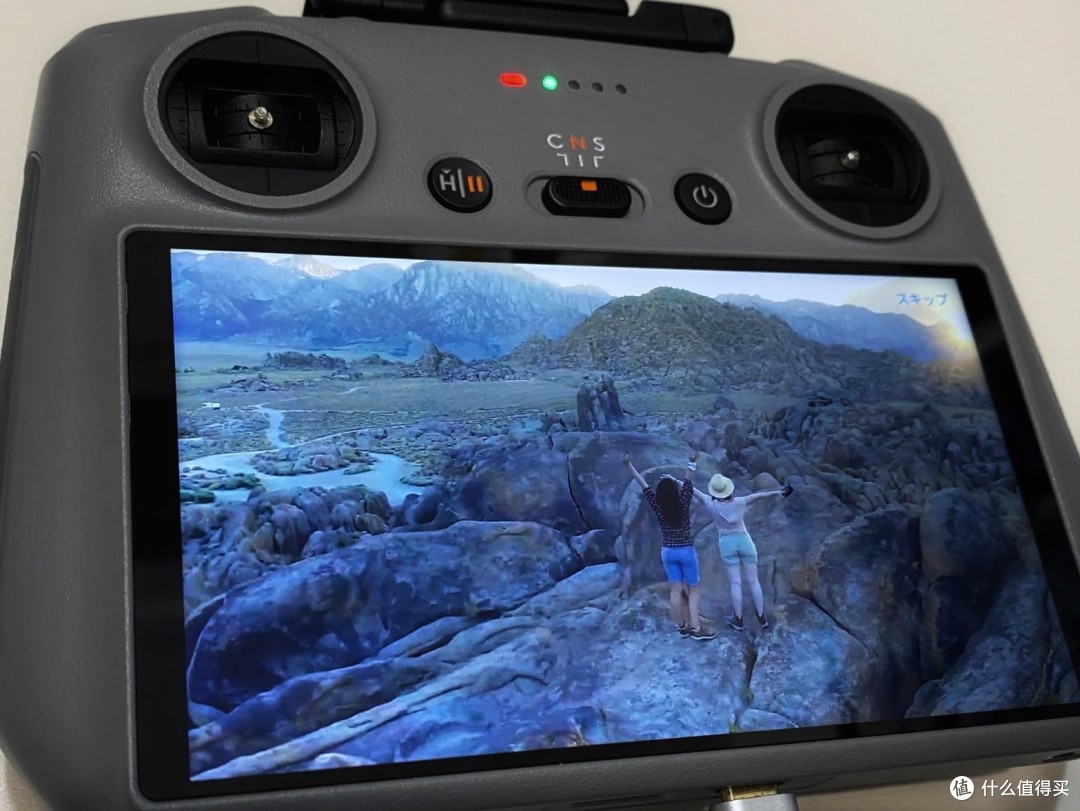Drones over the U.S. have become an increasingly common sight, from recreational use by hobbyists to strategic deployments by businesses and governmental entities. The advent of drone technology has fundamentally changed various sectors, ranging from agriculture to entertainment. This comprehensive exploration delves into the ramifications of widespread drone utilization across the United States, analyzing current trends and forecasting future developments.
delves into the ramifications of widespread drone utilization across the United States, analyzing current trends and forecasting future developments.
The Rise of Drones in Different Sectors
The proliferation of drone technology has opened up new possibilities in numerous industries. In agriculture, for example, drones provide invaluable services, such as monitoring crop health, mapping fields, and even dispersing seeds. Farmers can gather vital data that can increase efficiency and bolster yields. Meanwhile, drones have become indispensable in the realm of cinematography, offering breathtaking aerial footage at a fraction of the traditional cost and effort.
The Role of Government and Legislation
The governmental role in drone integration is pivotal. The United States Federal Aviation Administration (FAA) has had to adapt quickly to the surge in drone usage, implementing regulations that ensure safety without stifling innovation. Amendments such as the Part 107 regulation, which allows for commercial drone operation, have laid the groundwork for businesses to take flight—literally. However, discussions about privacy and airspace management continue to evolve and remain a key concern amongst stakeholders.
The increase in drone capabilities brings with it a rise in security and privacy issues. Drones equipped with high-resolution cameras can easily invade privacy, leading to potential misuse. These concerns have prompted calls for stricter regulations and advanced technological solutions to detect and mitigate unauthorized drone flights.
Innovative Uses Transforming Industries
From package delivery to aerial inspections, drone technologies continue to redefine operational methods. Companies like Amazon are pioneering the drone delivery sphere with their Prime Air service, aiming to revolutionize e-commerce logistics by reducing delivery times to mere minutes. Additionally, in the field of infrastructure, drones facilitate inspections of difficult-to-reach areas, reducing the risks and costs associated with traditional inspection methods.
One fascinating area of growth is disaster management, where drones provide critical support in assessing damage and delivering aid to otherwise inaccessible locations.
 This application not only showcases ingenuity but also underscores the humanitarian potential of drones in crisis situations.
This application not only showcases ingenuity but also underscores the humanitarian potential of drones in crisis situations.
Challenges and Cybersecurity Threats
As drones become more sophisticated, so do the challenges that accompany them. The threat of drones being used in cyberattacks is real, necessitating robust cybersecurity strategies to protect sensitive data and operations. Companies invested in drone technology must prioritize security to prevent breaches that could compromise operational integrity.
Future Outlook: What Lies Ahead?
Looking forward, the potential growth of drones in U.S. airspace is immense. The integration of 5G technology promises to enhance the capabilities of drones, enabling faster data transmission and more precise navigation. Furthermore, advancements in AI and machine learning will likely open up additional avenues for autonomous operations, expanding the scope of what drones can accomplish. Yet the future is not without its hurdles; public acceptance and ethical considerations will remain at the forefront of discussions as the skies become increasingly populated.
Conclusion
Drones over the U.S. are more than just a passing trend; they are ushering in a new era of technology-driven solutions across various disciplines. As with any innovation, they come with challenges that must be managed. Nonetheless, the opportunities presented by drones are vast and pervasive, promising to reshape landscapes across both urban and rural areas. For now, staying abreast of developments in drone technology, regulations, and applications will be crucial for stakeholders aiming to capitalize on this evolving market.
FAQs on Drone Usage in the U.S.
- What are the current regulations for drone use in the U.S.?
The FAA requires drone operators to follow specific guidelines under Part 107, including passing a written test for commercial use and registering drones above a certain weight. Recreational users must adhere to community-based safety guidelines.
- How are drones affecting privacy?
Drones raise privacy concerns due to their ability to capture images and data from the air. Regulatory bodies are working on methods to balance technological growth with privacy protection.
- Can drones be used for personal deliveries?
While personal delivery services are still in development, companies like Amazon are actively advancing the infrastructure needed for widespread drone delivery, pending regulatory approvals and technological advancements.